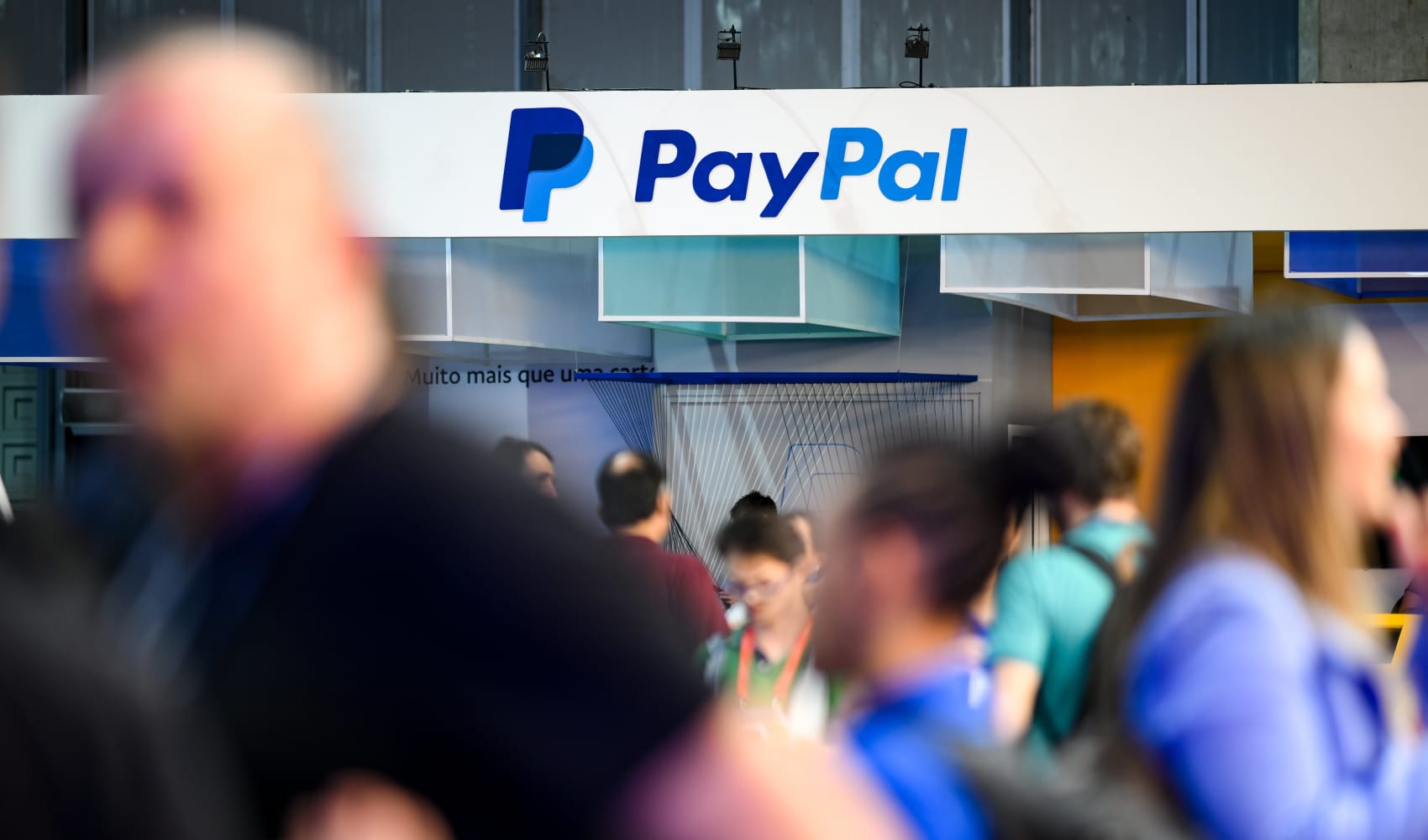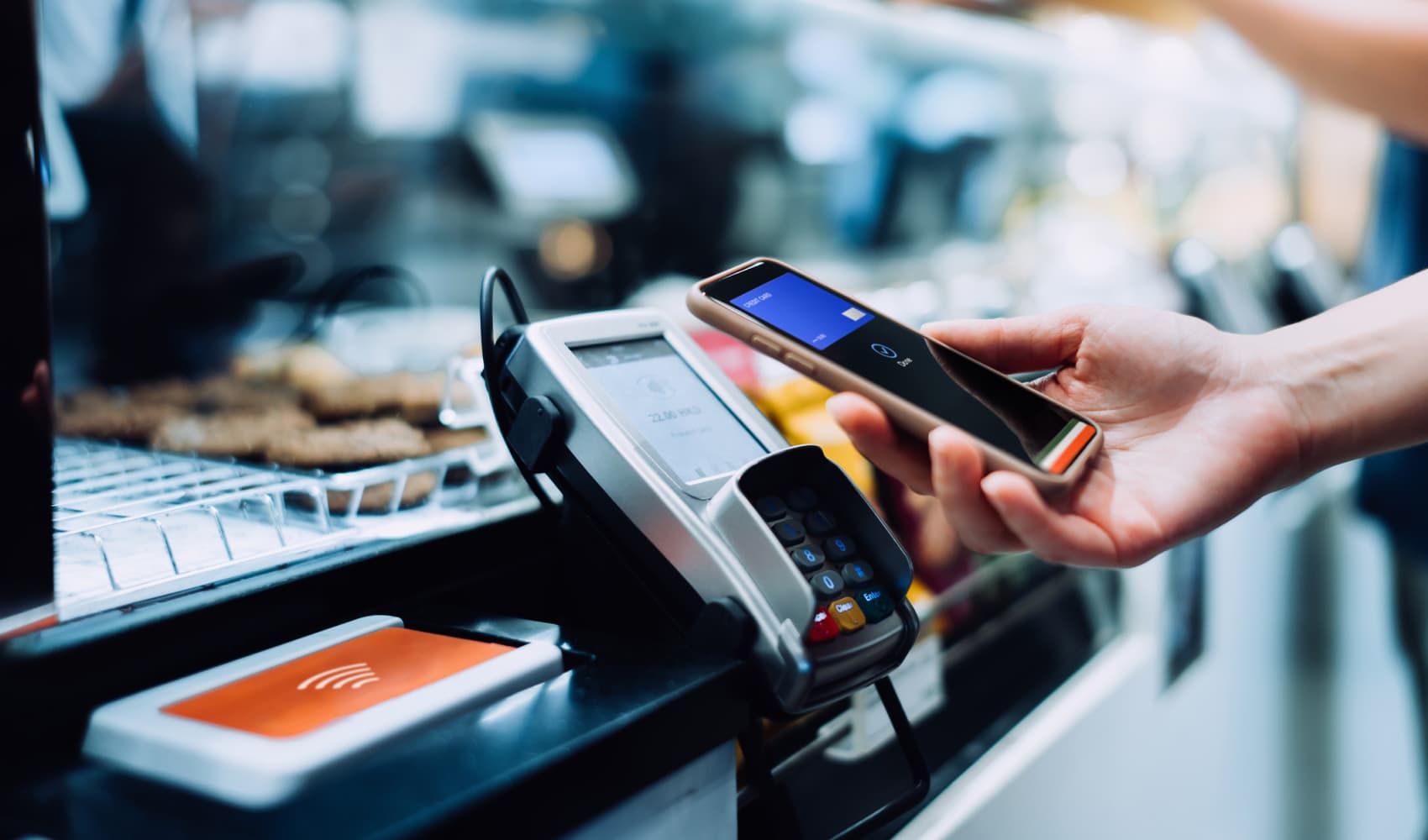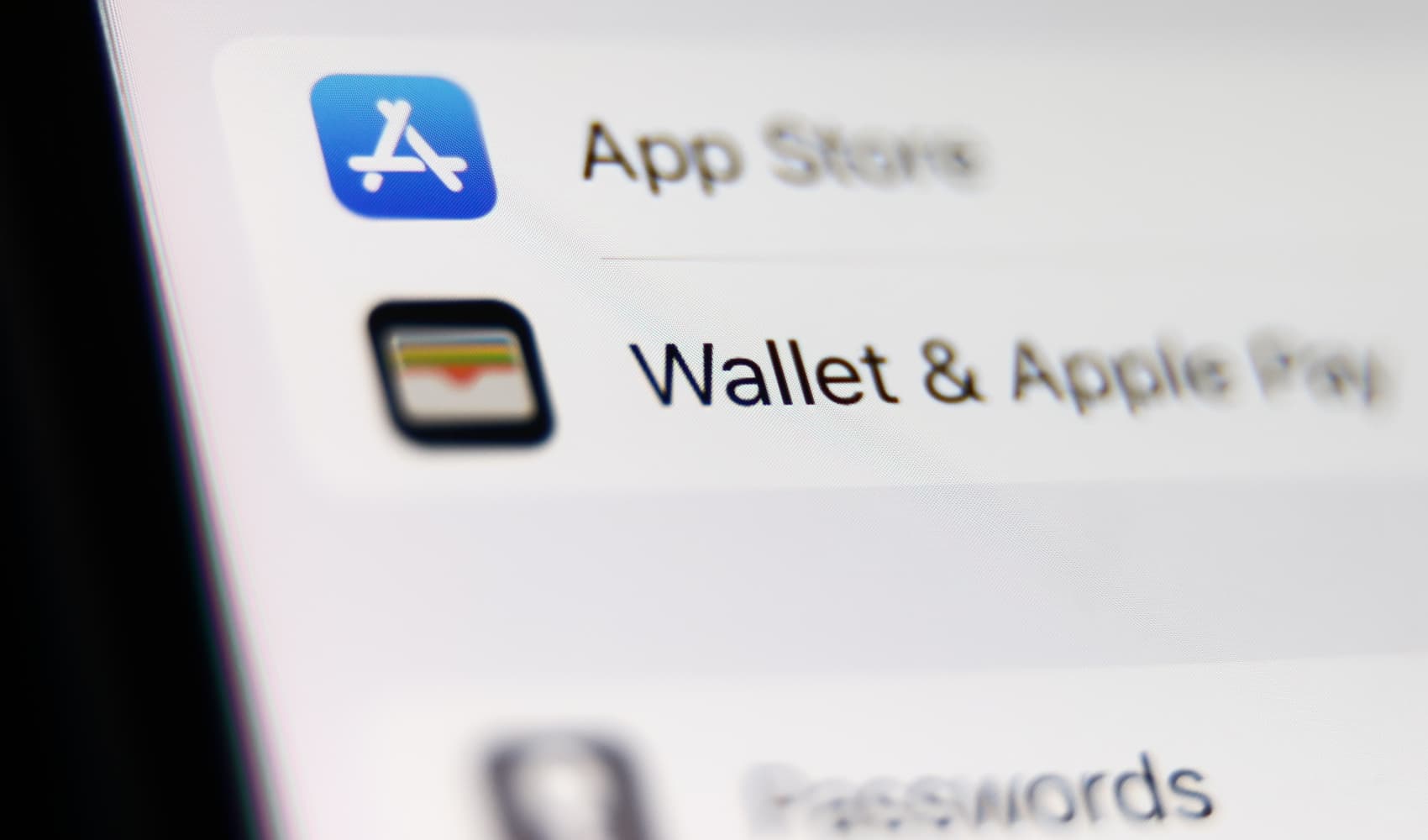PayPal Q1 2025: Earnings Beat, But What's Next?
PayPal's Q1 Surprise: Earnings Beat, Forecast Steady!
Introduction: Navigating the Fintech Seas
Ahoy, fintech enthusiasts! The first quarter of the year has sailed by, and with it comes the latest earnings report from our favorite digital wallet giant, PayPal. While the economic waters remain a tad choppy, PayPal has managed to navigate them with surprising agility. They've reported earnings that beat expectations, even though they missed on revenue. But what does this mean for the future of PayPal, and more importantly, what does it mean for you, the user? Let's dive in and break it down like pirates digging for buried treasure!
Q1 2025: A Mixed Bag of Results
So, what's the headline here? PayPal's first quarter can be described as a mixed bag. They hit a home run with earnings but stumbled slightly on revenue. Think of it like baking a delicious cake but accidentally adding a pinch too much salt. It’s still good, just not perfect. But is “good” enough in today's cutthroat market? Let's explore.
Earnings Exceed Expectations
The real cause for celebration lies in PayPal's earnings per share (EPS), which surpassed analysts' forecasts. This positive surprise indicates that the company is managing its operations efficiently and finding ways to generate profit despite the challenging economic environment. It's like finding extra coins in your couch cushions – a pleasant and unexpected bonus!
Revenue Misses the Mark
However, the revenue figures tell a slightly different story. While still substantial, PayPal's revenue fell short of the projected targets. This could be due to various factors, such as increased competition, fluctuating currency exchange rates, or simply slower growth in certain markets. Consider it like trying to catch a greased pig – you almost had it, but it slipped through your fingers at the last moment.
Transaction Margin Dollars: A Beacon of Hope
Amidst the mixed results, there's a silver lining. Transaction margin dollars grew by 8%, marking the fifth consecutive quarter of profitable growth under the leadership of CEO Alex Chriss. This is a significant achievement, demonstrating that PayPal is becoming more efficient at processing transactions and generating profits from each one. It's like upgrading from a rowboat to a speedboat – smoother, faster, and more profitable!
What Does Transaction Margin Growth Mean?
Transaction margin growth is crucial because it indicates the fundamental profitability of PayPal's core business. A healthy transaction margin suggests that PayPal is not only processing a large volume of transactions but also earning a significant profit from each transaction. This is the engine that drives the company's overall financial performance.
CEO Alex Chriss: Steering the Ship
Speaking of Alex Chriss, his leadership is undeniably playing a key role in PayPal's recent performance. He took the helm during a period of significant change and uncertainty, and he's been actively working to streamline operations, improve efficiency, and drive growth. He's the captain of the ship, charting a course towards calmer waters and brighter horizons.
Focusing on Efficiency and Innovation
Under Chriss's leadership, PayPal is placing a greater emphasis on efficiency and innovation. The company is actively exploring new technologies, such as artificial intelligence and blockchain, to enhance its services and stay ahead of the competition. It's like adding turbo boosters to your car – faster, more powerful, and ready to take on the competition!
Full-Year Guidance: Staying the Course
Despite the mixed Q1 results, PayPal has reaffirmed its full-year guidance. This indicates that the company remains confident in its ability to achieve its financial targets for the year, despite the persistent global macroeconomic uncertainty. They are sticking to their guns and believe in their overall strategy. But is this confidence warranted? Let's examine the external factors.
Acknowledging Global Macroeconomic Uncertainty
PayPal's decision to maintain its forecast, while acknowledging the global economic uncertainty, is a sign of cautious optimism. The company is aware of the potential risks and challenges that lie ahead, such as inflation, rising interest rates, and geopolitical instability. However, they believe that their strategic initiatives and operational improvements will enable them to navigate these challenges successfully. It's like acknowledging the storm clouds on the horizon but trusting that your sturdy ship will weather the storm.
The Competitive Landscape: A Crowded Arena
Let's not forget about the competitive landscape. PayPal operates in a highly competitive market, with rivals such as Stripe, Square, and Apple Pay vying for market share. These companies are constantly innovating and introducing new products and services, which puts pressure on PayPal to stay ahead of the curve. It's like being in a race where everyone is constantly upgrading their cars – you need to keep innovating to stay in the lead.
Staying Ahead of the Game
To maintain its competitive edge, PayPal must continue to invest in innovation, improve its user experience, and expand its services into new markets. The company needs to be agile and adaptable, constantly evolving to meet the changing needs of its customers. It's like being a chameleon, blending into different environments and adapting to changing circumstances.
The User Perspective: What Does It Mean for You?
So, how does all of this affect you, the everyday PayPal user? Ultimately, PayPal's financial performance and strategic direction have a direct impact on the services and features that you can access. If PayPal is doing well, it's more likely to invest in new technologies, improve its user experience, and offer more competitive pricing. It's like a rising tide lifting all boats – a thriving PayPal benefits everyone.
Enhanced Services and Features
As PayPal continues to innovate and improve its operations, you can expect to see enhanced services and features that make it easier and more convenient to send and receive money, shop online, and manage your finances. This could include things like faster transaction speeds, improved security features, and more personalized user experiences.
Looking Ahead: The Future of PayPal
What does the future hold for PayPal? The company is facing both significant opportunities and challenges. On the one hand, the increasing adoption of digital payments and the growth of e-commerce present a huge growth opportunity. On the other hand, the intense competition and the uncertain economic environment pose significant challenges. It's like being at a crossroads, with multiple paths leading to different destinations. Which path will PayPal choose?
Embracing Innovation and Adaptability
To succeed in the long term, PayPal must embrace innovation, adapt to changing market conditions, and remain focused on providing value to its users. The company needs to be nimble and responsive, constantly experimenting with new ideas and technologies. It's like being a surfer, riding the waves of change and adapting to the unpredictable forces of nature.
Conclusion: A Solid Foundation, Navigating Uncertainty
In conclusion, PayPal's first-quarter earnings report paints a picture of a company with a solid foundation, navigating a sea of uncertainty. While the revenue miss is a cause for concern, the earnings beat and the growth in transaction margin dollars are positive signs. With CEO Alex Chriss at the helm, PayPal is actively working to improve its efficiency, innovate its services, and stay ahead of the competition. The key takeaways are: Earnings exceeded expectations, revenue missed, and the full-year forecast remains unchanged. The future of PayPal remains uncertain, but with its strong brand, large user base, and commitment to innovation, the company is well-positioned to weather the storm and emerge stronger than ever. So, buckle up and enjoy the ride! The future of fintech is always exciting.
Frequently Asked Questions (FAQs)
- Why did PayPal's earnings beat expectations while revenue missed?
PayPal's earnings beat likely resulted from effective cost management and increased transaction efficiency, offsetting the revenue shortfall possibly due to heightened competition or market saturation in certain sectors. It's about squeezing more juice from the same orange!
- What impact does global macroeconomic uncertainty have on PayPal?
Global economic uncertainty affects consumer spending, currency exchange rates, and cross-border transactions, all of which impact PayPal's revenue streams. Think of it as navigating a ship through unpredictable weather patterns.
- How is CEO Alex Chriss changing PayPal's strategy?
Alex Chriss is focusing on streamlining operations, driving innovation, and improving user experience, with a particular emphasis on leveraging new technologies like AI to enhance PayPal's offerings and efficiency.
- What are PayPal's main competitors, and how does it plan to stay ahead?
PayPal faces competition from companies like Stripe, Square, and Apple Pay. To stay ahead, PayPal is investing in innovation, enhancing user experience, expanding services, and adapting to the ever-changing needs of its customer base.
- How do PayPal's Q1 2025 results affect the average user?
Positive results mean PayPal is more likely to invest in improving its platform, offering new features, and maintaining competitive pricing, ultimately leading to a better user experience and more valuable services for its customers.


